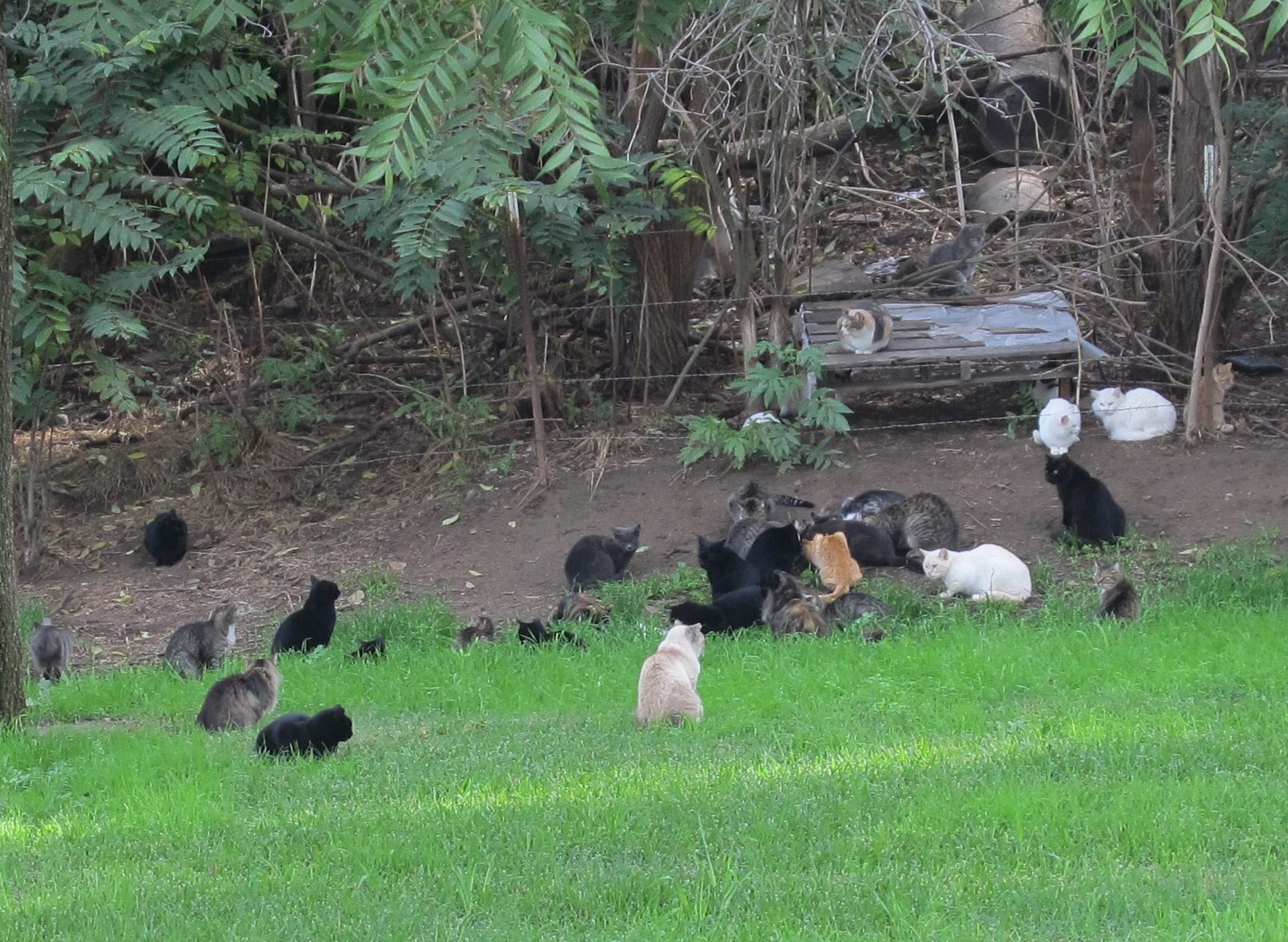Friday April 17, 2015
Feral cats are notorious for their ferocious appetites, which helped earn them a spot among the world’s top 100 most invasive species because of the impacts of their predation on native wildlife, as we described in a recent Fish Report. Now, in a recent study in the Journal of Biogeography, a team of researchers from a variety of Australian institutions describes how understanding the diet of feral cats may help mount a response to protect native diversity in Australia. Reducing the harm caused by feral cats is a high conservation priority, particularly in places like Australia with a high number of endemic species. In Australia alone, feral cats have contributed to the extinction of 16 native mammals.
The scientists hoped that understanding the way feral cat diets varied over Australia’s geographic regions would help identify ways to better manage feral cat populations. The team gathered published and unpublished datasets from scientists all over Australia and used them to build a model of trophic diversity across the continent and the food groups that cats prey on. The model examined the ways that diversity and prey changed by latitude, longitude, temperature, precipitation, environmental productivity, and climate-habitat regions. The data revealed that feral cats feed on 400 species of vertebrates in Australia, 28 of which are IUCN Red Listed species, and 16 that are globally threatened. The model also indicated that rabbits were the cats’ preferred prey, but the felines will switch to other prey types when rabbits are scare. The prey also varied depending on habitat: feral cats living in the desert ate more reptiles, for example, while cats in less extreme climates ate more medium-sized mammals.
Because feral cats are partial to rabbits but will switch prey in times of scarcity, the researchers are concerned that programs to eradicate rabbits (which are also invasive to Australia and are linked to a host of environmental problems of their own) may put pressure on native (and more vulnerable) animals. For example, when there are no rabbits, cats eat more rodents and dasyurids (a family of marsupials native to Australia and New Guinea that includes the Tasmanian Devil). The researchers suggest that a management plan for feral cats must consider all aspects of the complicated relationships between the cats’ diet and the diversity of prey across Australia’s varied ecosystems. Therefore, they believe that multiple management plans for individual geographic regions will be more effective than a uniform approach across the entire continent.

